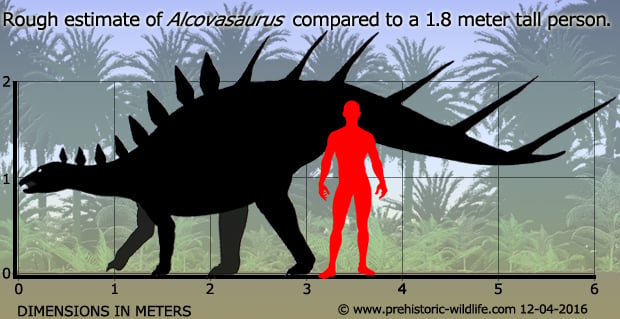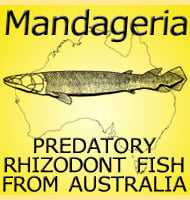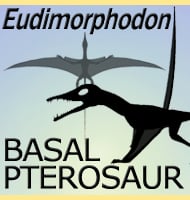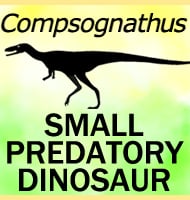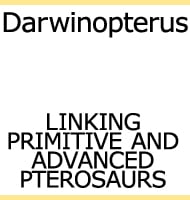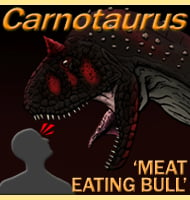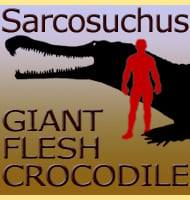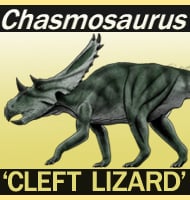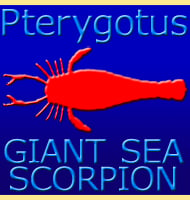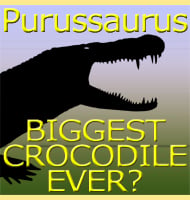In Depth
In 1914 the palaeontologist Charles Whitney Gilmore described a new species of Stegosaurus which he named S. longispinus. The name was chosen as a reflection of the unusually large tail spines that were much longer than those seen in other Stegosaurus fossils. For many years however the validity of S. longispinus was called into question with the long spines possibly representing a case of sexual dimorphism and there for display. However others such Olshevsky and Ford in 1993 speculated that Stegosaurus longispinus may in fact be an American species of Kentrosaurus which is known from Africa. Studies were hampered however when the type specimen was damaged by water from a burst pipe at the University of Wyoming and was thought lost, though fossils are now known again.
In 2014 a freelance palaeontologist named Roman Ulansky self-published an article online of his own opinion that Stegosaurus longispinus was not a valid species of Stegosaurus, and agreeing with the previous interpretation that S. longispinus was more similar to Kentrosaurus, created a new genus name for S. longispinus. This new genus name was called Natronasaurus, after Natrona County which is the generic location where the type fossils of S. longispinus had been found. Problems soon arose however as even though the new name gained quick popularity on the internet, it was never officially valid. The problem was that the paper describing Natronasaurus was self-published without peer review association, and on top of this the paper didn’t have a valid ISSN number. Therefore, while the paper made a clear and valid point about S. longispinus, it could never be accepted as scientifically valid without those two things. In 2016 yet another new name for S. longispinus was proposed, this time by veteran palaeontologists Peter M. Galton and Kenneth Carpenter, and this time in a peer reviewed journal. Their new name for S. longispinus was Alcovasaurus which means ‘Alcova lizard’, after the Alcova Quarry in Natrona County in Wyoming which is the specific location in Natrona County where fossils of Alcovasaurus were found. Stegosaurus is still a valid genus in its own right, but the former species S. longispinus is now a synonym to Alcovasaurus, with the species name used to establish the new type species, Alcovasaurus longispinus. Because Natronasaurus was never officially documented it is now seen as an invalid name, and because it is invalid, it cannot even exist as a synonym to Alcovasaurus.
With an estimated length of about 5.7 meters for the holotype individual, Alcovasaurus would have been a medium sized stegosaurid dinosaur, and one speculated to be more like Kentrosaurus than Stegosaurus. However, at the time of writing only four tail spines are known, and the full pattern of spines and possible plates along the back is still unknown. For this reason reconstructions are usually based upon Kentrosaurus which is known to have small plates on the anterior (front) half of the body, and long spines on the posterior (rear) half of the body. Like all stegosaurid dinosaurs, Alcovasaurus would have been a browser of low growing vegetation while ornithopod and sauropod dinosaurs would have browsed the medium and high levels.
Possible predatory threats to Alcovasaurus include Allosaurus, Torvosaurus, Fosterovenator and possibly also Ceratosaurus.
Further Reading
- Osteology of the armoured Dinosauria in the United States National Museum, with special reference to the genus Stegosaurus. - United States National Museum Bulletin 89: 1–143. - Charles Whitney Gilmore - 1914. - The origin and evolution of the stegosaurs. - Gakken Mook, Dinosaur Frontline, v. 4, p. 65-103. - G. Olshevsky & T. L. Ford - 1993. - Evolution of the stegosaurs (Dinosauria; Ornithischia). - Dinologia, 35 pp. [in Russian]. - Roman E. Ulansky - 2014. - The plated dinosaur Stegosaurus longispinus Gilmore, 1914 (Dinosauria: Ornithischia; Upper Jurassic, western USA), type species of Alcovasaurus n. gen. - Neues Jahrbuch f�r Geologie und Pal�ontologie - Abhandlungen 279(2): 185-208. - Peter M. Galton & Kenneth Carpenter - 2016
